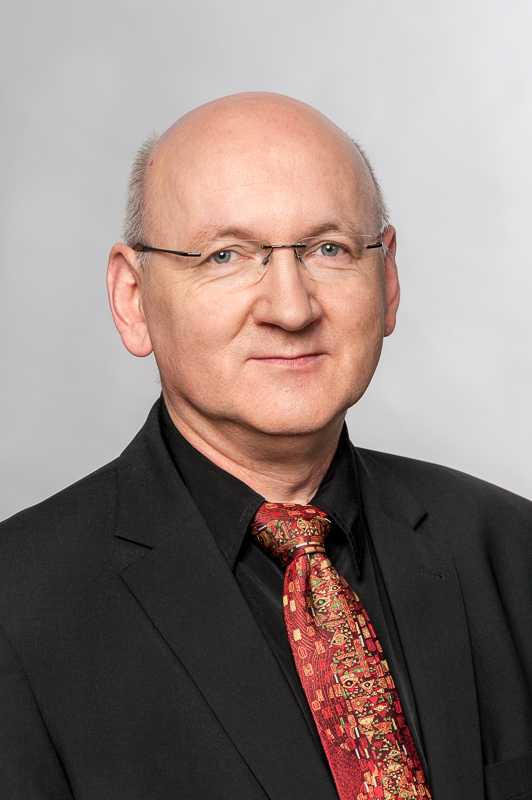

题目: From Axioms of Continuum Mechanics to Quiet Structures: A Brief Survey of Vibroacoustic Modelling and Optimization
时间:2019年5月27日 14:00-15:30
地点:机械与动力工程学院 F210会议室
邀请人:蒋伟康 教授(振动、冲击、噪声研究所)
Biography
Professor Steffen Marburg obtained his PhD from the Technische Universit¨at (TU) 
Dresden in Germany in 1998. From 2010 until 2015, he held the Chair for Engineering Dynamics at the Universit¨at der Bundeswehr (University of the Federal Armed Forces) in Munich, Germany. In July 2015, he took over the Gerhard Zeidler endowed Chair for Vibroacoustics of Vehicles and Machines of the Technical University of Munich. His research interests include simulation methods of vibroacoustics, uncertainty quantification, experimental identification of parameters and parameter distributions, damage detection and other problems of vibroacoustics. Steffen Marburg is one of the chairs of the EAA technical committee for Computational Acoustics, Co-Editor-in-Chief of the Journal of Theoretical and Computational Acoustics (JTCA, formerly the Journal of Computational Acoustics) and associate editor for Acoustics Australia. He is author of more than 100 peer reviewed journal papers and 8 book chapters. Furthermore, he is editor of a book on finite and boundary element methods in acoustics and has worked as a guest editor for eight special issues of JTCA.
Abstract
This talk will discuss the ingredients of simulation of low–frequency structural acoustic problems. Often, low frequency acoustic problems are understood as purely deterministic, whereas high frequency problems are seen as non–deterministic and hence, statistic problems. This presentation will survey vibroacoustic modelling, model adjustment and model optimization. For this, modelling starts with the axioms of continuum mechanics in which linear elasticity is assumed for structures and fluids are compressible and lossless. Interaction between structure and fluid is formulated by two interface conditions by using finite and boundary element methods, i.e. FEM and BEM. However, practical problems require knowledge of model parameters which account for the major problem in structural acoustics. Material parameters, parameters of joints and boundary conditions are often difficult to determine accurately and, additionally, exhibit different kinds of uncertainties. Parameter adjustment requires experimental investigations such as modal analysis. When finally arrived at a suitable simulation model, the results need to be assessed. At the end of the presentation, the author shows a number of examples for which a nonlinear approach is necessary.
